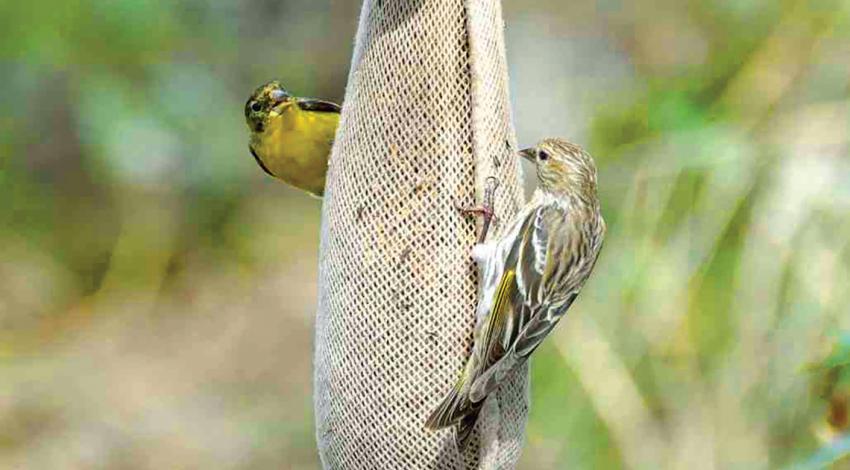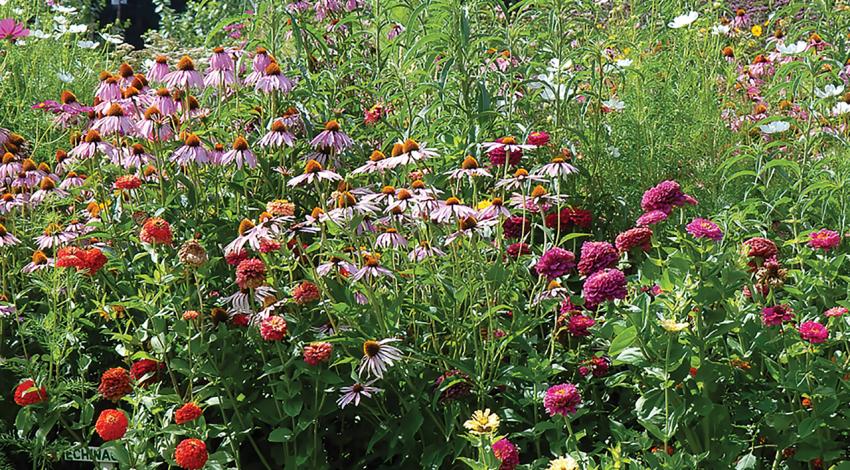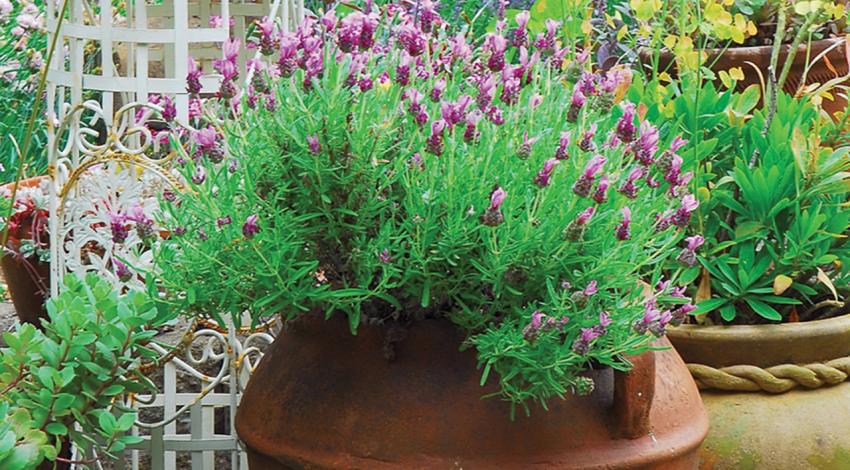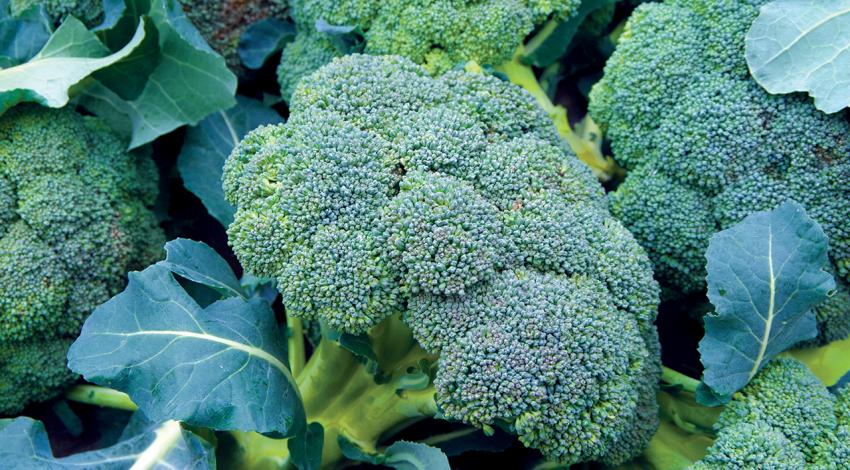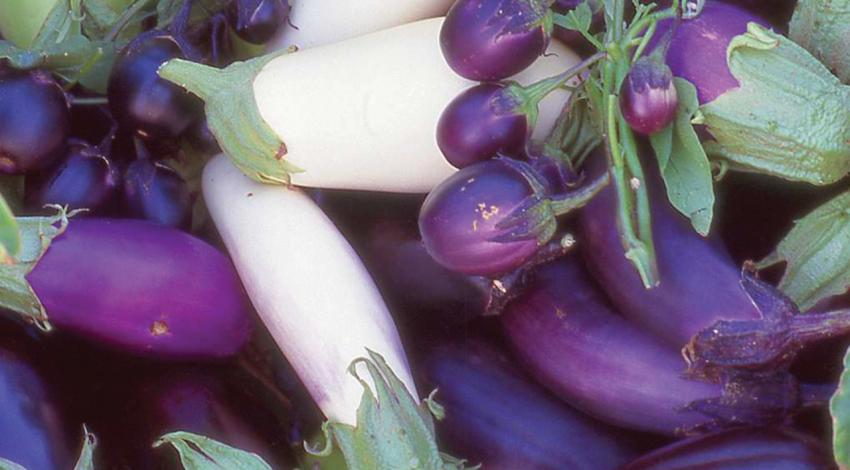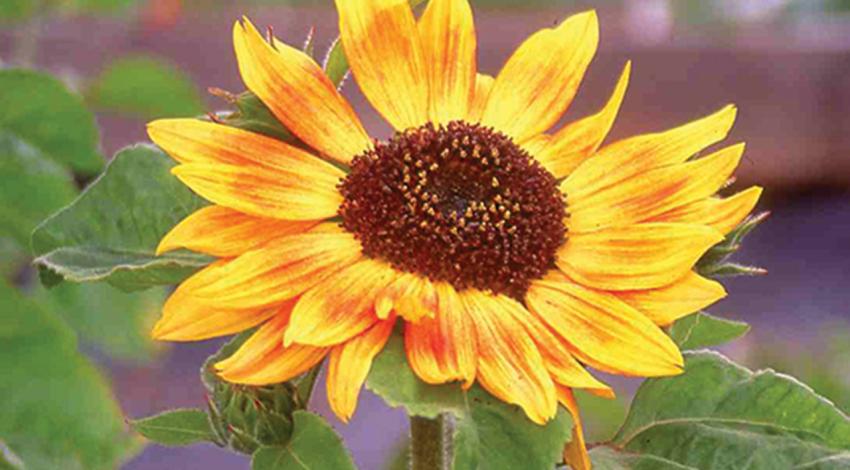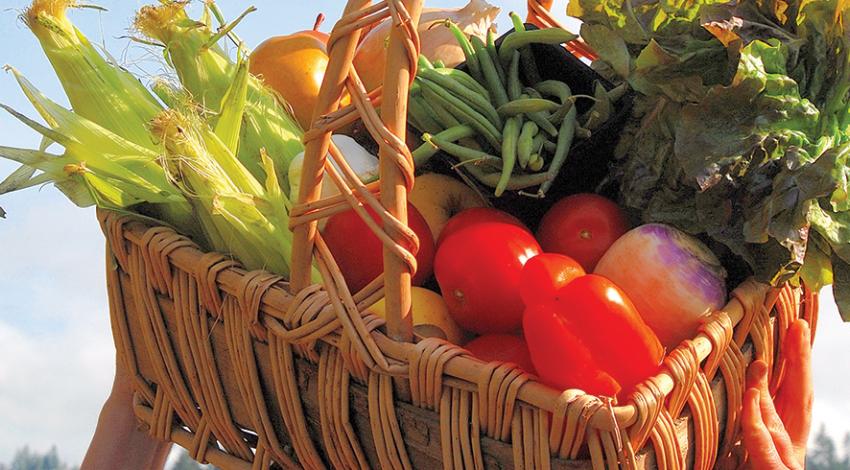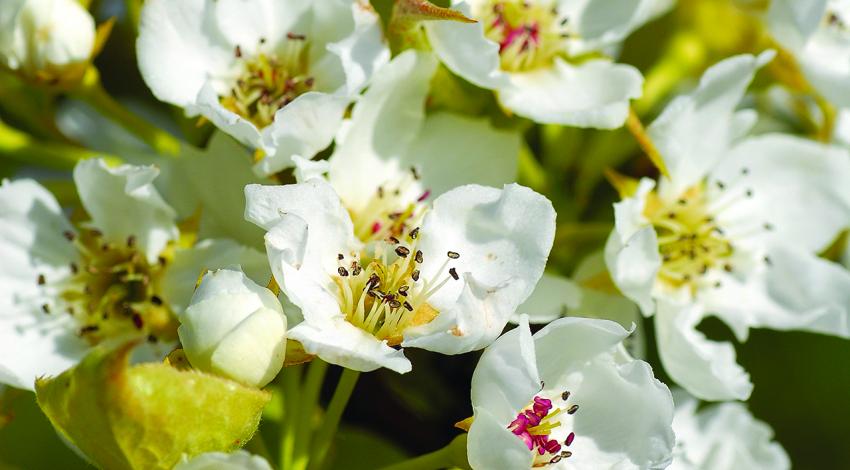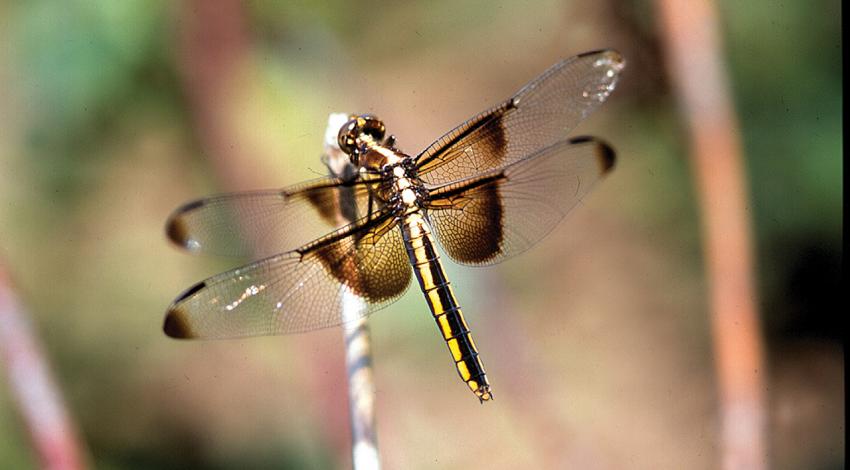One of the favorite pleasures of summertime for many backyard and garden enthusiasts is watching the songbirds that arrive for the season.
Feed birds quality food
When looking for birdseed, avoid any containing debris such as empty shells, sticks, or stones. Seed should be as dust-free as possible.
Pass on any birdseed mixes that contain milo, wheat, sorghum, or red millet. White proso millet is the exception — birds that feed on the ground enjoy it — but don’t choose a blend with white millet as the main ingredient.
